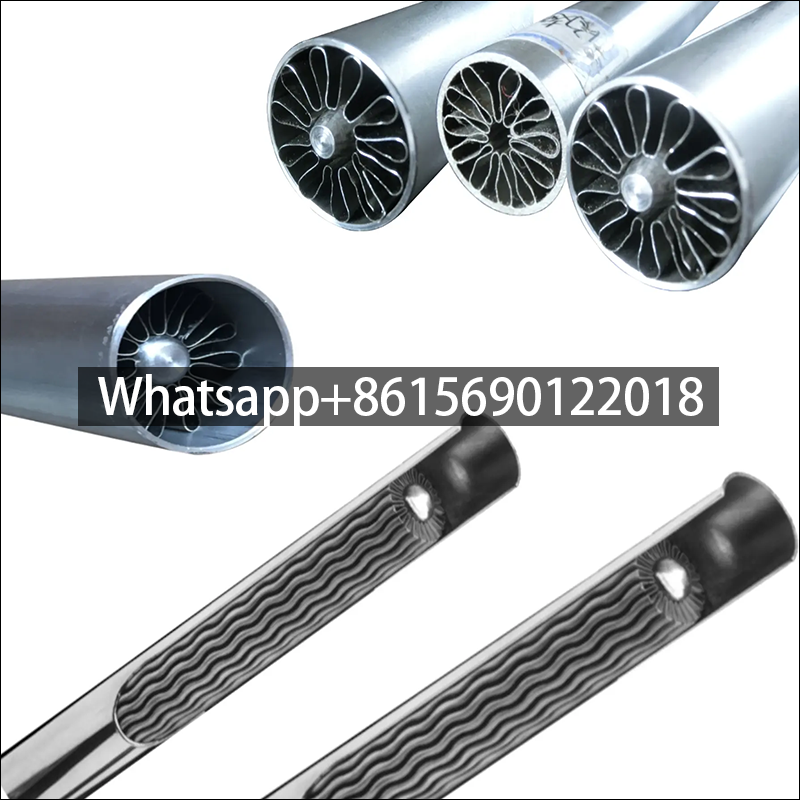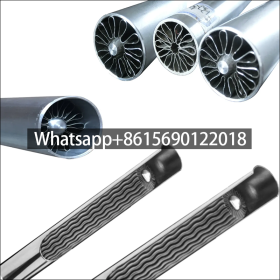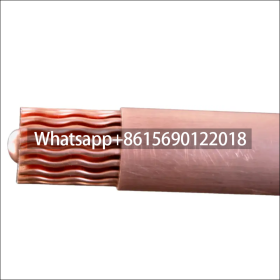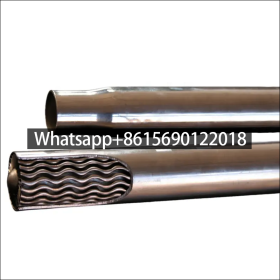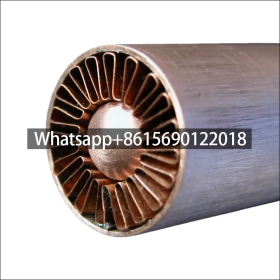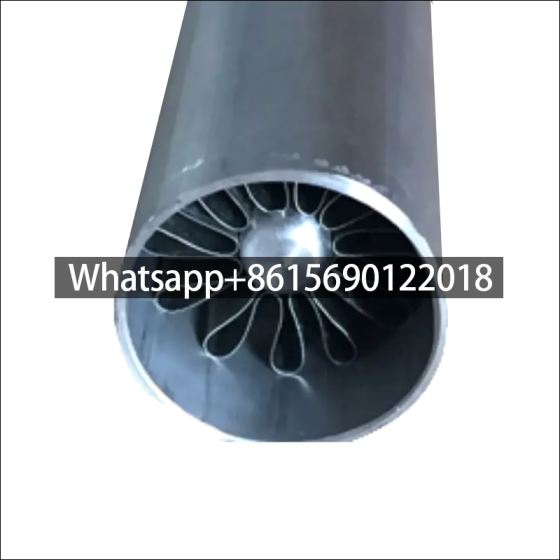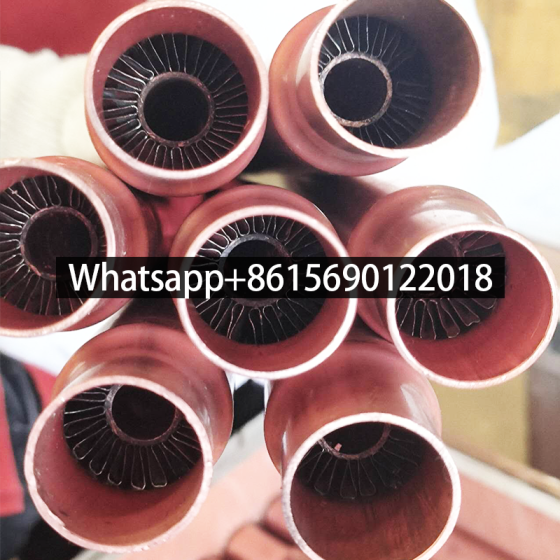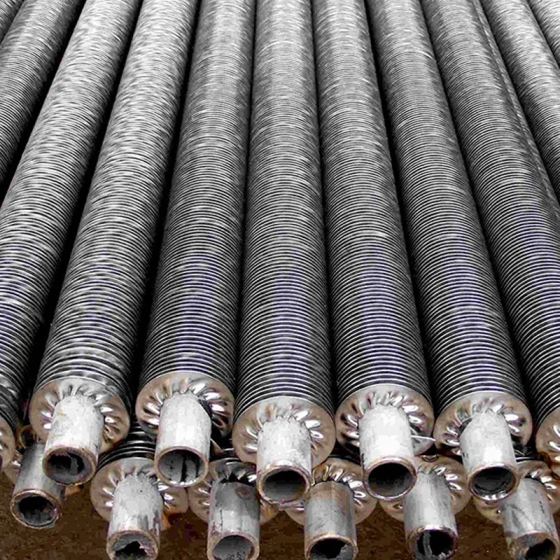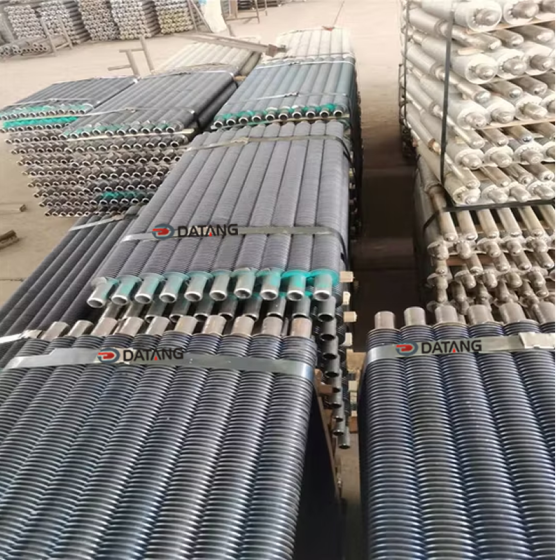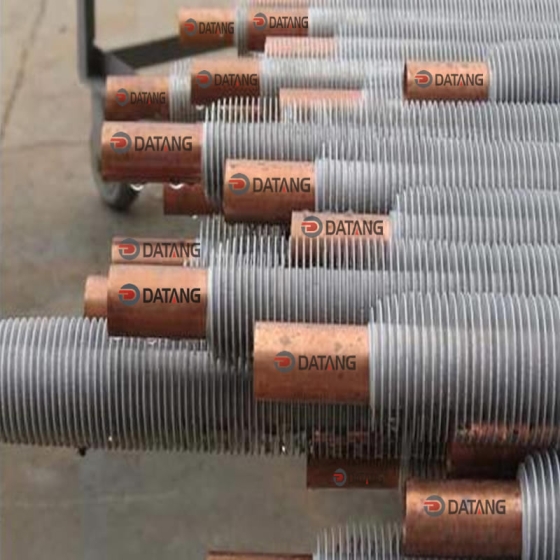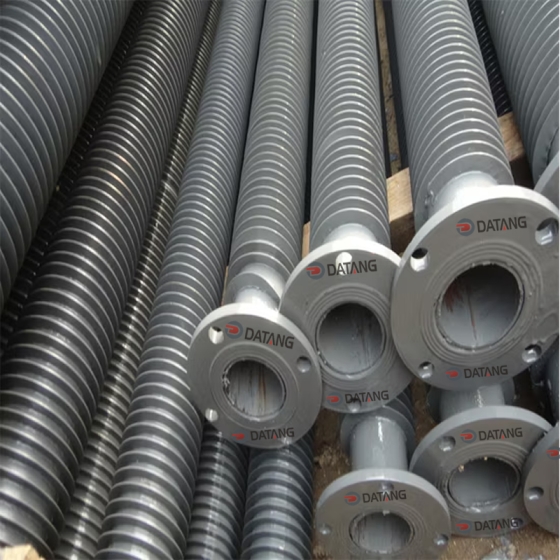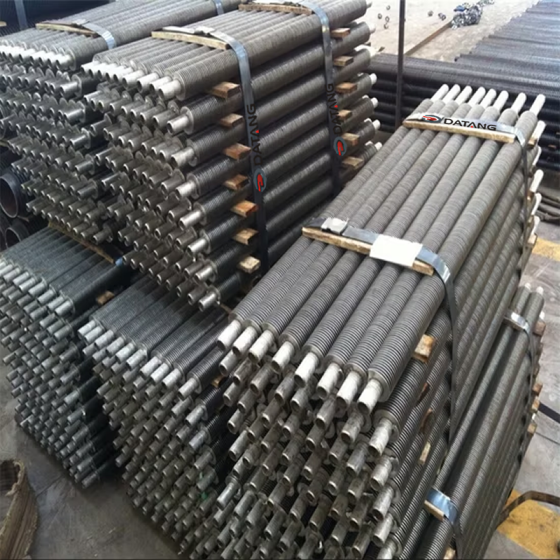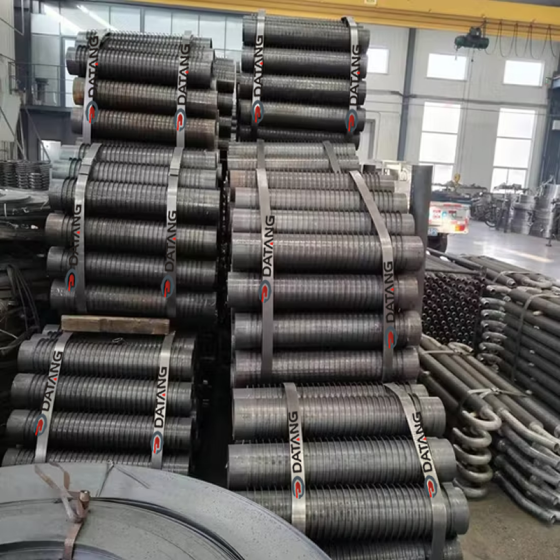Ingersoll Rand Intercooler with Stainless Steel Copper Internal Finned Tubes
Introduction
Ingersoll Rand intercoolers equipped with stainless steel copper finned tubes represent advanced heat exchange technology for compressed air systems. These components combine the corrosion resistance of stainless steel with the superior thermal conductivity of copper to optimize intercooler performance.
Key Features
- Composition du matériau:
- Outer tube: 316L stainless steel
- Inner finned structure: C11000 copper
- Brazing material: Silver-based alloy
- Performance Advantages:
- 35% higher heat transfer efficiency than conventional tubes
- 50% reduction in pressure drop
- Excellent resistance to thermal fatigue
Technical Parameters
ParameterSpecificationUnitOuter Diameter12.7 – 25.4mmWall Thickness0.5 – 1.2mmFin Height1.0 – 2.5mmFin Density300 – 600fins/mWorking Pressure≤3.5MPaTemperature Range-40 to +250°CHeat Transfer Coefficient4500 – 6500W/m²·K
Applications
- Industrial air compressors
- Gas processing equipment
- Marine compression systems
- Power generation cooling systems
Maintenance Considerations
Regular inspection should include:
- Visual checks for external corrosion
- Pressure drop monitoring
- Thermal imaging for hot spots
- Annual performance testing
The combination of stainless steel durability and copper’s thermal properties makes these finned tubes ideal for demanding intercooler applications where reliability and efficiency are critical.
Stainless Steel Copper Inner Internally Finned Tube for Ingersoll Rand Intercooler
Internally finned tubes are a special type of tube commonly used in heat exchangers and cooling equipment. Fins are installed on the inner surface to improve the efficiency of heat exchange.
Compared with ordinary bare tubes, internally finned tubes can effectively increase the turbulence of the fluid in the pipe, thereby improving the heat transfer effect. The design of this pipe is mainly to increase the surface area of the fluid contacting the tube wall and promote the mixing of the fluid, thereby enhancing the heat transfer.
Internally finned tubes are usually made of metal materials, such as stainless steel, copper, aluminium, etc., and the appropriate material is selected according to different application requirements. Due to the presence of internal fins, internally finned tubes will generate greater resistance when the fluid flows through, so the balance between the flow rate and pressure loss of the fluid needs to be considered during design.
Internally finned tubes are widely used in various industrial and civil fields, including air conditioning systems, refrigeration equipment, petrochemical industry, nuclear power generation, etc.
They can be used not only for cooling liquids, but also for heating and evaporation processes, and have good adaptability and application prospects.
 dtfinnedtube.com
dtfinnedtube.com

